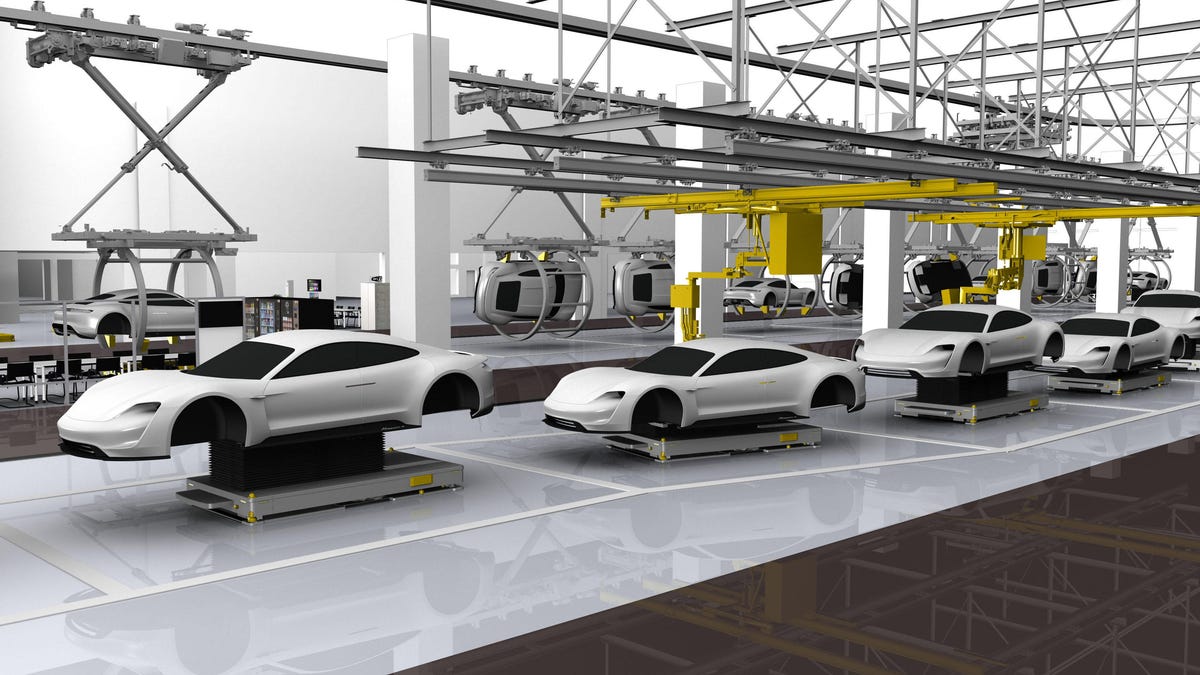Porsche to double Taycan production due to overwhelming demand
And it didn't have to go to extreme lengths to boost future output.
Porsche originally intended to build 20,000 electric Taycan vehicles each year, but demand quickly outstripped intended supply. The German automaker will now aim to build 40,000 Taycans per year, doubling its initial production estimates, CNBC reports, citing confirmation from a Porsche spokesperson.
Porsche's first EV is hotly anticipated, as it's believed to blend the latest EV tech with Porsche's hallowed driving dynamics and attention to detail.
It sounds like this production boost shouldn't be an issue, either. "We had been ready for it," Porsche spokesperson Andrew Lennon told CNBC. "We had the ability to increase capacity from the beginning, and executives recently made the decision to go ahead."
Porsche intends to invest some 6 billion euros (about $6.8 billion) to produce the Taycan. It will be built in new facilities around the Zuffenhausen campus in Germany that already assembles the 911, 718 Boxster and 718 Cayman . The facility will have automated guided vehicles whisking cars and parts to and fro, allowing more flexibility than a facility full of permanent tracks in the floor.
It will be surprisingly affordable, too -- for a Porsche, at least. According to past interviews, Porsche hopes to price the Taycan between the Cayenne SUV and Panamera hatchback. In the US, that would put its starting price around $75,000, which is close to what Jaguar and Audi charge for their respective EVs.
But with an estimated 0-to-60 time of 3.5 seconds and a wild 350-kilowatt charging system that can replenish about 185 miles of range in as little as 9 minutes, it could present a proper value play against the established Tesla Model S .


